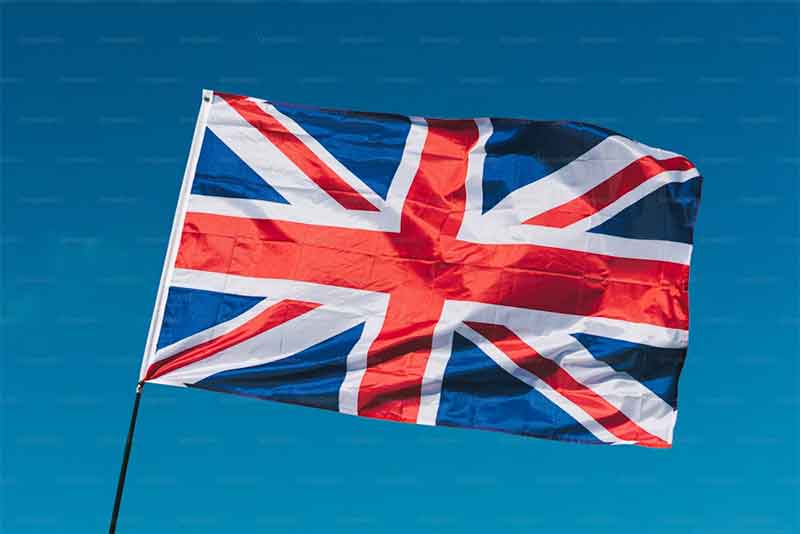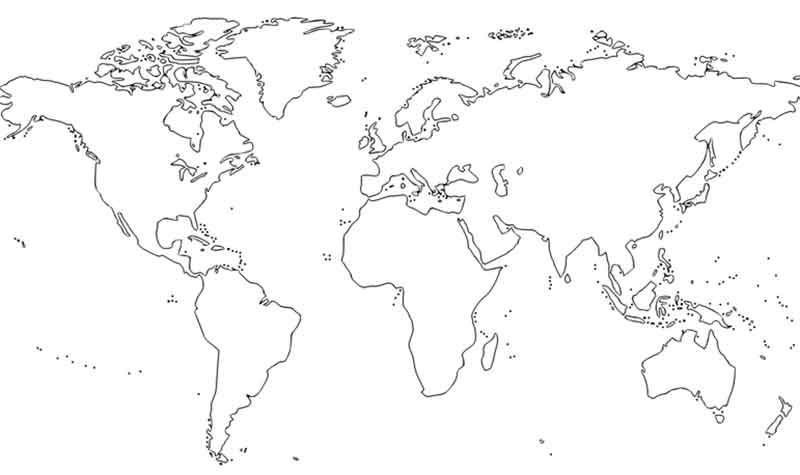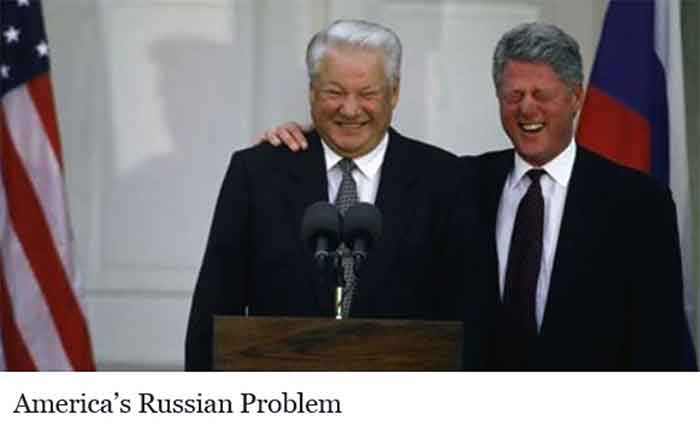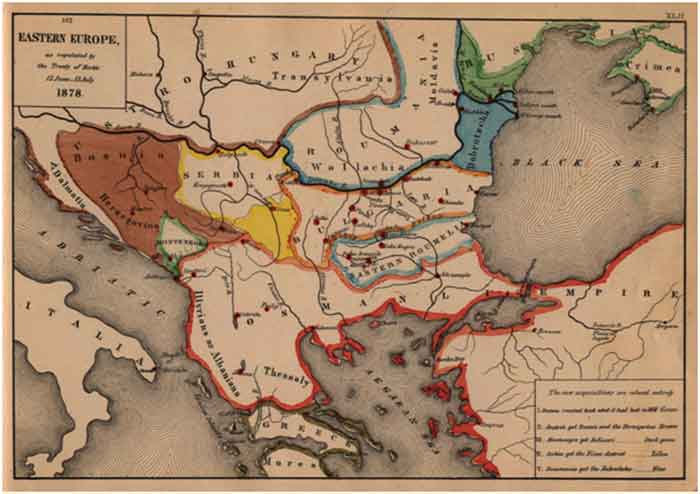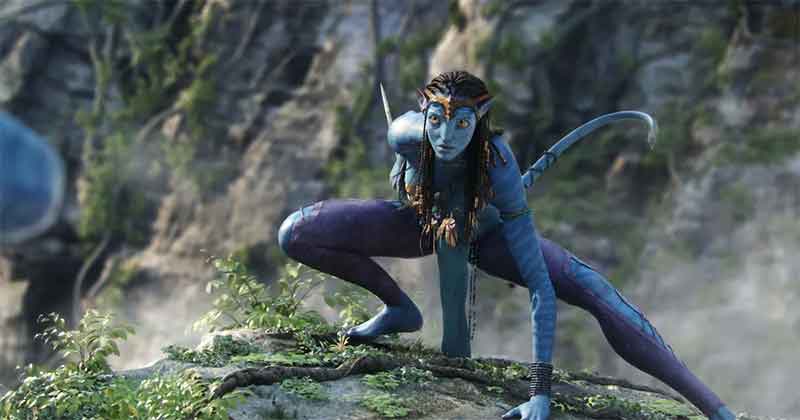
Introduction
In mainstream International Relations, there is a clear binary of hard and soft power; hard power is perceived by states to be more impactful, while soft power is more with regard to persuasion with the help of culture and ideology, where states use it to their advantage domestically or internationally. While attaining hard power is more straightforward, states must earn soft power and should have the ability to build upon it. From old religious songs to weekly newspapers, the pool of soft power tools has evolved over the years, becoming very influential, and that is why the objective behind this paper is to further look into one such soft power tool – animations. Mapping out the science and technology of animations and locating it in the international arena is important as well. How much of a pedagogical tool can animations be? Why is it that, even with its growing importance, animation is not given its due diligence? An answer to this could be, because of the already existing dependence on hard power by states in the heirarchal world. Is this something that can change, or is it beginning to?
Animation and its Roots
Animation is the process of bringing illustrations or inanimate objects to life through the illusion of movement or motion. This art form uses drawings and images to create characters and stories. Successive drawings are made to appear at a quick pace. Since our eyes can only retain an image for approximately 1/10th of a second, the brain blends the images into a single, flowing, and continuous image. To create the appearance of smooth and human-like motion from these images, the frames are shown calculatedly (Maio, 2021).
The historical evolution of animations shines light on how the science and technology behind animation are extremely diverse and are currently an ongoing process. Early animation has been found in the Paleolithic or Old Stone Age (roughly 2.5 million years ago to 10,000 B.C.), wherein there are Paleolithic cave paintings where human beings and animals were drawn in one shade, and extra legs and arms in another shade, depicting movement that could be seen with a source of light, in this case, fire, when moved across stone walls (Ahmed, 2018). Animated clips and cartoons came at least half a century before animated films and movies. Between the 1600s and 1900s, foundational techniques were introduced and built upon. Some of them include Phenakistoscope (1833), Zoetrope (late 1830s), Praxinoscope (1876), etc.; these were all based on the working of a principle of sequential animation of sorts, one which is extremely advanced right now, based on the properties of retinal persistence (visual impressions are stored in the memory for a few hundred milliseconds after the visual stimulus has disappeared) and the human being’s own ability to fill in the intervals of darkness between the still images that are shown (MasterClass, 2021).
The celluloid shift, or the “Silent Era” was between 1888 and 1914, when animation devices were simple and primitive, like Cel animation, where objects were mostly drawn on celluloid transparent paper and placed on top of each other. The outline is made and filled in on one side, and then on the other, of the characters. To create depth, the background is drawn on separate sheets. Everything is spaced out accordingly. Sometimes the background can look more detailed because of the number of sheets used to design it. More than two hundred thousand cells were used to make the film ‘Snow White and the Seven Dwarfes’. Then came the ‘Golden Age’ (1930s–1960s), when animated films became a very popular form of entertainment. The Computer Revolution during the 1980s led to motion graphics being popularized and computer-generated animation being widely used. At present, there are newer technologies like augmented reality real-life backgrounds (for learning anatomy, architecture, and design) and 360-degree animation video technology (Arora, 2018).
Analysis: Animation and its Relevance in International Relations
Animations, on one hand, carry political and social messages, even if there is no relation whatsoever to a specific country or to the international order. The anime series “Legend of the Galactic Heroes” explores themes related to International Relations, like war, diplomacy, and authoritarianism. The American animated series “Avatar – The Last Airbender” is about a world with four different blocs, some of them conflict and clash with each other, and some of them work with each other to counter the hegemonic bloc. This is how we can draw parallels between animations and the real world. However, on the other hand, it is extremely overtly intertwined with the different dynamics in the global order.
Cultural diplomacy is the exchange of ideas, art, language, heritage, etc. among nations to foster mutual understanding. Here, animations are being used as a soft power tool for the propaganda of the different countries, along with their political inclinations and cultural values. For instance, the increasing popularity of Japanese anime in China serve as a medium through which embedded cultural heritage and values are disseminated. There was a “Cool Japan” campaign launched by the Japanese Government in 2013 (Margolis, 2022) to, overall, promote Japan on a larger and more global scale, economically but culturally as well, and anime and manga were used in this regard. Chinese state media outlets released animated clips to target and mock Trump’s administration’s initial Covid-19 coverup using a conversation between Lego mini-figures (Shelton and Zhao, 2020). It being an animated clip shows how easily anti-US propaganda is disseminated to the public to especially influence the younger sections of society.
Animated movies are also used to garner support and shape public opinion on foreign policy in many countries. They are often used to sway the public into thinking a certain way; for instance, the Studio Ghibli film “Princess Mononoke” addresses and puts forth the clash between traditional and modern values in Japan (Newell, 2013). A lot of the animation from Japan puts forth Shinto themes, a religion from Japan, wherein a key theme in Shinto is the avoidance of Kegare, that is, pollution or impurity, where human beings in Japan are seen as fundamentally pure. Ancient Japanese texts are portrayed as well, which helps the people in Japan to relate to movies and for people from other countries to get socialized into Japanese culture. There was a lot of debate globally, about the film “Princess Mononoke” because it shed light on the themes of greed, capitalism, consumption, and industry fueling human beings and their labour in the present world. Animation has been used by the public as well during mobilizations, for instance, animated posters and media were used during the Black Lives Matter Movement. In India, there is the animated series ‘So Sorry’ that is a satire of Indian political leaders and their behavior. This just shows that animation is used by institutions (private and public) and the general public as well for their different political (and otherwise) indulgences.
Animation heavily connects to identity. Skin color, ethnicity, race, and gender are all important facets of an individual’s life, and the young individuals who watch animation are heavily influenced. For instance, in movies by animation productions like Disney and Pixar etc., there are always princesses who are damsels in distress, in need of rescuing from a strong, handsome prince. Hegemonic masculinity is part and parcel of a lot of other movies as well, like ‘The Beauty and the Beast’, where Gaston makes sure to put himself at the top of the power hierarchy by oppressing, sexualizing, and belittling women. The confidence and audacity to target a community and propagate that a certain social community and their ways of life are inferior is not uncommon. For example, in the animated movie ‘Pocahontas’, the relationship shown between the Native Americans and the group of English settlers emphasizes post-colonialism and the effect of war being continuous. The picture that is painted here with the English settlers and the Native Americans is that the latter is barbaric and underdeveloped; the former has come to civilize and colonize by claiming tracts of land and oppressing them. The struggles of the Native Americans were invisibilized, and colonialism has been portrayed as almost “legitimate” in the movie. These movies prescribe and imbibe certain stereotypical characterizations of different identities and social groups, which are further strengthened by the young minds who watch it.
Animations are heavily dependent on copyright laws, international trade, and intellectual property rights and policies because the workings of producing animation are often across borders. For instance, the Trans-Pacific Partnership between several Pacific Rim countries includes the protection of copyright holders, reducing piracy and illegal digital trade, and this heavily reduced the counterfeiting of anime, which hit the Japanese anime industry hard (Sevakis, 2015). However, digital trade was made easier between the countries that were part of the agreement, and this facilitated the cross-border flow of digital content of different countries, amongst each other. There have been conversations between countries with regard to moral censorship and the banning of animated shows and movies. For example – ‘Shinchan’ the Japanese animated series, was banned in India in 2008 (re-aired a year later) because of the nudity and inappropriate scenes that were shown; Pixar’s ‘Light Year’ was banned in the UAE, where the Media Regulatory Office stated that the movie violated its media content standards. There were Animation Control Policies in China (2004) that worked for the disappearance of foreign animation and more investment in domestic animation with themes of collectivism and nationalism (Ishii, 2013). Many American sitcoms like ‘Family Guy’, ‘The Simpsons’ were banned almost immediately in countries like Iraq, Egypt, Venezuela, etc. because of the racial and inappropriate portrayal of characters.
All the same, there has been more cooperation and participation between countries on account of animation. The Association Internationale du Film d’Animation is an international non-profit organization that was founded in France in 1960 (ASIFA, 2021). Sponsored animated film festivals are conducted in partnership with UNESCO to improve relations between nation-states. Countries like Canada, Germany, Thailand, and even China were brought in to share their cultural and heritage-filled animation productions. It was realized that cultural accuracy was one thing that was never focused on, even with its apparent importance. For instance, there was a lot of criticism of the design of the talking dragon, Mushu (in the movie ‘Mulan’), as it did not look like a Chinese dragon, and the ignorance of Chinese culture of the American animators really shone. To evade this in the future, partnerships were formed all across the world for accurate representation of culture. For instance, Jill Culton, an American animator, was advised by international coproducers in China on how to animate a kitchen from a Chinese household, which took place for about a month, for the animated movie ‘Abominable’. DreamWorks Animation conjoined with animation companies in China to form Pearl Studio (Bethany, 2019). This was not only to create more culturally accurate animation but also to capitalise on the Chinese film markets and propagate more liberal and “pop-cultural” ways of thinking and living to the Chinese audiences. In the case of India, there were partnerships as well: Clair Weeks, a Disney animator, visited the Films Division of India, trained Indian animators, and collectively made India’s first animated film in color, ‘The Banyan Deer’ (Worth, 2022). India is a member of the Universal Copyright Convention and the Berne Conventions, along with many other countries like Australia, Spain, Ireland, etc., where any published animated work of any of the partnered countries has to be treated equally within all the countries of the agreement. India has one-on-one agreements with multiple countries like France, Israel, Italy, etc., wherein many Indian animators have worked with popular animation houses; for instance, Indian animators were brought in to work on productions like ‘How to Train Your Dragon’ (Agarwal, 2015).
Conclusion
In the context of representation in the overarching International Arena, there is the play of Orientalism, where there is an extreme generalization and ignorance of cultures and practices from the Global South. Animated movies have been so Eurocentric and US-centric in nature, to the point where cultural, racial, and ethnic differences and distinctions are not given due diligence, and this, through the medium of animated movies, gets inculcated into the knowledge production of individuals. Hence, it’s impact as a pedagogical tool is immense and extremely widespread (domestically and internationally). It is the perception of animation (that it is only for the younger population) that makes this specific soft power tool a little less (seemingly) effective and impactful. Animation being used by individuals, communities, non-state actors, countries, international organizations, etc. shows that it is a powerful medium of influence and that it is something that has to be critically analyzed at any instance.
References
Agarwal , Meghna. “Indian Animators Cash in on Special Effects Boom.” Business Today, 13 Oct. 2015, https://www.businesstoday.in/technology/news/story/indian-animators-partner-with-likes-of-walt-disney-to-cash-in-on-special-effects-boom-57274-2015-10-13.
Allen-Ebrahimian, Bethany. “Hollywood Is Paying an ‘Abominable’Price for China Access.” Foreign Policy (2019).
Arora, Sunny. “The Evolution of Animation: From Entertainment to Business Videos.” Video Animation Company, Broadcastworld, 10 Apr. 2018, https://www.b2w.tv/blog/the-evolution-of-animation-a-brief-journey-through-time.
Ishii, Kenichi. “Nationalism and preferences for domestic and foreign animation programmes in China.” International Communication Gazette 75.2 (2013): 225-245.
Kabil, Ahmed. “Humans Have Loved GIFS since the Stone Age.” Humans Have Loved GIFS since the Stone Age, Long Now, 17 Feb. 2023, https://longnow.org/ideas/paleolithic-cave-paintings-appear-to-be-the-earliest-examples-of-sequential-animation-and-graphic-narrative/.
Maio, Alyssa, et al. “What Is Animation? Definition and Types of Animation.” StudioBinder, 1 Dec. 2021, https://www.studiobinder.com/blog/what-is-animation-definition/.
Margolis, Eric. “Cool Japan Campaign at a Crossroads 10 Years after Setting Sights Abroad.” The Japan Times, 30 June 2022, https://www.japantimes.co.jp/culture/2021/05/31/general/cool-japan-success/.
MasterClass. “A Guide to the History of Animation .” MasterClass, 7 Aug. 2021, https://www.masterclass.com/articles/a-guide-to-the-history-of-animation.
Newell, Charles. “The Films of Hayao Miyazaki: Shinto, Nature, and the Environment.” Association for Asian Studies, 8 Dec. 2013, https://www.asianstudies.org/publications/eaa/archives/the-films-of-hayao-miyazaki-shinto-nature-and-the-environment/.
Sevakis, Justin. “What Will The Trans-Pacific Parnership Do To Anime? .” Anime News Network, 17 Nov. 2015, https://www.animenewsnetwork.com/answerman/2015-11-16/.95444.
Shelton, Tracey, and Iris Zhao. “’Once upon a Virus’: Chinese Video Takes Swipe at US Response to Covid-19.” ABC News, ABC News, 1 May 2020, https://www.abc.net.au/news/2020-05-01/china-state-media-propaganda-video-mock-us-coronavirus/12204836.
“Who We Are.” ASIFA, 27 July 2021, https://asifa.net/who-we-are/.
Worth, Stephen. “Animation History: Clair Weeks- Pioneer of Indian Animation.” AnimationResources.org – Serving the Online Animation Community, 13 Dec. 2022, https://animationresources.org/history-clair-weeks-pioneer-of-indian-animation-2/.
Siyona Shaju is pursuing an undergraduate degree of International Relations and Research at Shiv Nadar Institute of Eminence, NCR, Delhi

